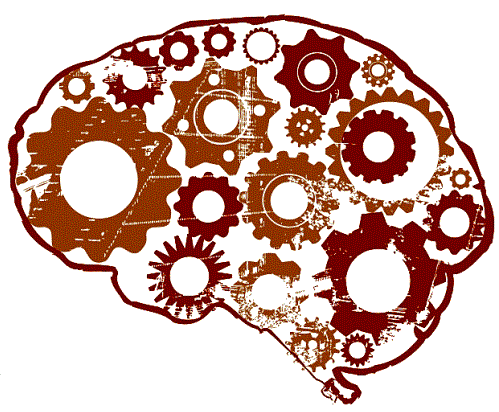The intersection of **Engineering** and **Science** in fields like AI, robotics, and renewable energy solutions: A Deep Dive
In today’s fast-evolving technological landscape, the convergence of Engineering and Science plays a crucial role in driving advancements in fields like artificial intelligence (AI), robotics, and renewable energy solutions. This intersection represents a synergy between the theoretical foundations provided by science and the practical application and innovation led by engineering.
The intersection of Engineering and Science in AI, robotics, and renewable energy solutions involves leveraging scientific principles and methodologies to design and develop innovative engineering solutions that address complex challenges in these domains. Engineers apply scientific knowledge to create practical systems and technologies that push the boundaries of what is possible.
The intersection of engineering and science is paramount in today’s tech landscape due to several reasons:
- Innovation: By combining scientific understanding with engineering expertise, researchers and practitioners can push the boundaries of what is achievable in AI, robotics, and renewable energy solutions.
- Interdisciplinary Collaboration: Bridging the gap between science and engineering fosters collaboration between professionals from diverse backgrounds, leading to holistic problem-solving approaches.
- Sustainability: In renewable energy solutions, the fusion of scientific insights and engineering ingenuity is crucial for developing environmentally friendly and efficient energy systems.
Implementing this intersection involves translating scientific theories into practical engineering solutions. Here is a simplified code example illustrating the utilization of scientific algorithms in developing an AI model:
# Importing necessary scientific libraries
import numpy as np
from sklearn.model_selection import train_test_split
from sklearn.linear_model import LinearRegression
# Generating sample data
X = np.random.rand(100, 1)
y = 3 * X.squeeze() + np.random.normal(0, 0.1, 100)
# Splitting data into training and testing sets
X_train, X_test, y_train, y_test = train_test_split(X, y, test_size=0.2, random_state=42)
# Fitting a linear regression model
model = LinearRegression()
model.fit(X_train, y_train)
# Predicting on test data
predictions = model.predict(X_test)
- Understanding Algorithms: Engineers need a strong grasp of scientific algorithms and principles to develop effective solutions in AI and robotics.
- Data Integration: Integrating scientific data and theories into engineering applications requires robust data processing and analysis techniques.
- Performance Optimization: Balancing scientific accuracy with engineering efficiency is essential for creating practical and high-performance solutions.
Best Practices:
- Collaborate with scientists to leverage cutting-edge research findings.
- Validate engineering solutions using scientific methods and rigorous testing.
- Continuously update knowledge in both science and engineering domains to stay relevant.
Common Pitfalls:
- Overlooking the importance of scientific validation in engineering solutions.
- Neglecting to consider real-world constraints when applying scientific theories in engineering applications.
- Failing to communicate effectively between scientific and engineering teams, leading to misunderstandings and inefficiencies.
- AI in Healthcare: Applying scientific research in biology and medicine to develop AI-powered diagnostic tools and treatment solutions.
- Robotics in Manufacturing: Integrating principles of physics and mechanics to design robotic systems for automated manufacturing processes.
- Renewable Energy Grids: Utilizing scientific insights in weather patterns and energy generation to optimize renewable energy grid systems for efficiency and sustainability.
- AI Ethics: Continued focus on ethical implications of AI systems, driven by scientific and engineering considerations.
- Advanced Robotics: Integration of neuroscience principles in robotics for more intelligent and human-like robotic systems.
- Renewable Energy Innovations: Leveraging cutting-edge scientific research to develop breakthroughs in renewable energy storage and generation technologies.
The intersection of Engineering and Science in AI, robotics, and renewable energy solutions represents a powerful synergy that drives technological advancements and shapes the future of these fields. By bridging the gap between theoretical scientific knowledge and practical engineering applications, professionals can create innovative solutions that address complex challenges and pave the way for a more sustainable and intelligent future.
Engage with us: Share your thoughts on how the fusion of engineering and science impacts technological innovation in the comments below!
Image Source: Unsplash
For more information and resources:
